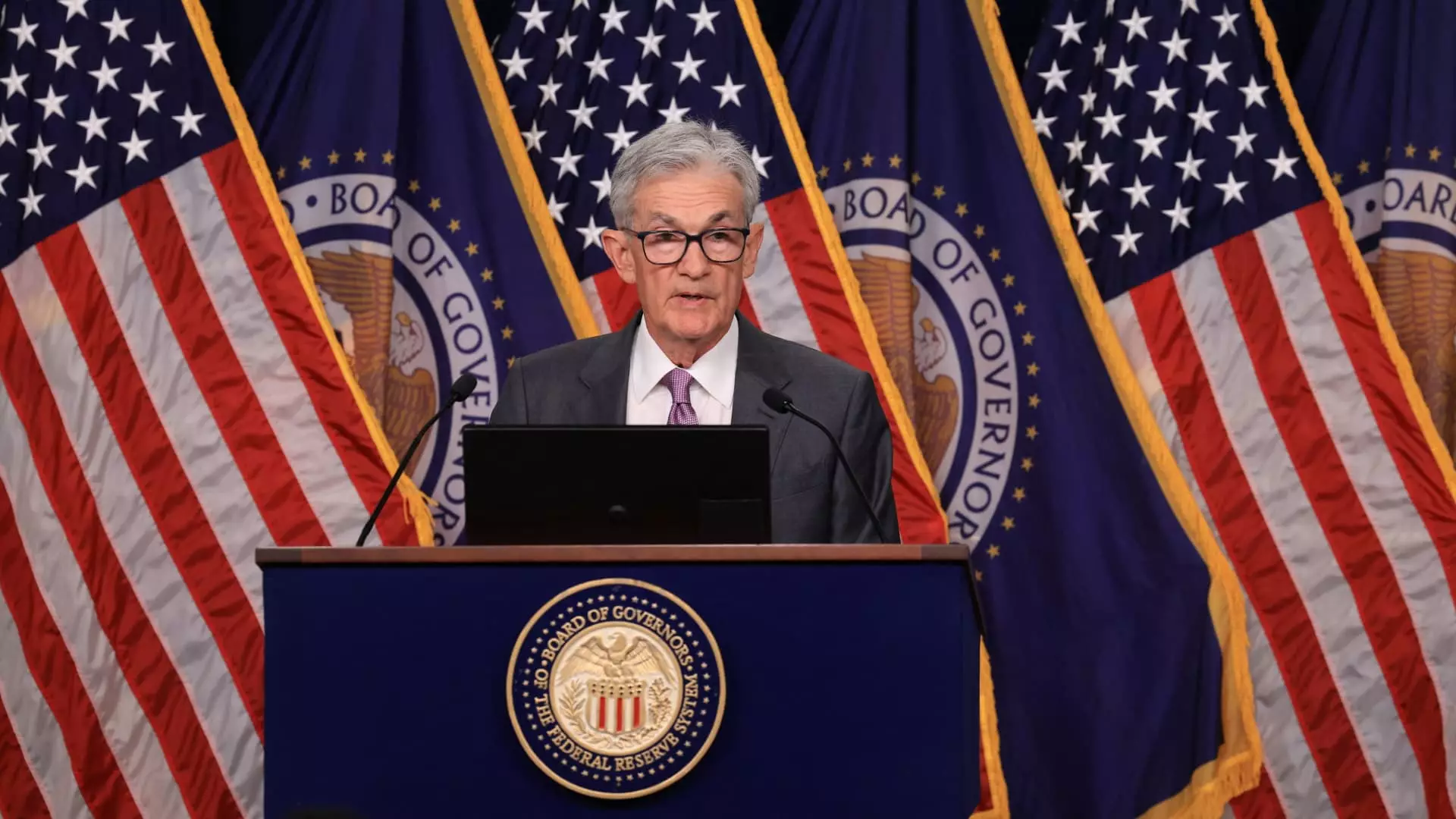In a cautious yet optimistic assessment, the Federal Reserve has indicated that it might further reduce interest rates by up to half a percentage point before the conclusion of 2024. This forecast stems from the minutes of the latest Federal Open Market Committee (FOMC) meeting, which revealed that a majority of committee members—comprising both voting and non-voting attendees—anticipate the benchmark federal funds rate to reach approximately 4.4% by the end of this year. This expectation aligns with a target range of 4.25% to 4.5%, reflecting the Fed’s nuanced approach to managing monetary policy amidst evolving economic conditions.
The remaining FOMC meetings for the year, scheduled for November 6-7 and December 17-18, present the central bank with limited opportunities to make these adjustments. Overall, the Fed’s projections extend into 2025 and 2026, where rates are anticipated to gradually decrease further to 3.4% and subsequently 2.9%. Such long-term projections suggest a measured approach rather than a reactionary stance to current economic pressures.
Inflation and Employment Outlooks
At a recent news conference, Fed Chairman Jerome Powell emphasized that the committee is not in a hurry to implement these rate changes, stating, “This process evolves over time.” This sentiment reflects a strategic consideration of the broader economic landscape rather than a knee-jerk reaction to immediate data. The approach aligns with the Fed’s mission to ensure that inflation stabilizes sustainably around the 2% target, a goal that is now perceived to be within reach according to the committee’s latest deliberations.
The Fed’s recent decision to reduce the federal funds rate for the first time since the early days of the COVID-19 pandemic to a range of 4.75%-5% has led to a subsequent reevaluation of the inflation and unemployment trajectories. The updated projections now indicate a slight uptick in the expected unemployment rate, adjusted to 4.4% from an earlier estimate of 4%. Conversely, the inflation forecast has been lowered to 2.3%, a shift from the somewhat higher 2.6% previously anticipated.
Core Inflation Assessment
The adjustments made to core inflation projections demonstrate a more restrained view of price pressures in the economy. The committee has revised its core inflation projection down by 0.2 percentage points to 2.6%, a noteworthy indication of a stabilizing economy as it navigates the post-pandemic landscape. This revaluation signals a more cautious optimistic outlook, suggesting that while inflation may still pose risks, positive trends are emerging.
The Federal Reserve’s forward-looking stance regarding interest rates emphasizes a balanced approach focused on consistent, sustainable economic growth. With its delicate balancing act between supporting the economy and managing inflation, the FOMC appears committed to steering through uncertain economic waters thoughtfully and strategically. By maintaining a flexible and adaptive policy posture, the Fed aims to foster an environment conducive to long-term economic stability.

